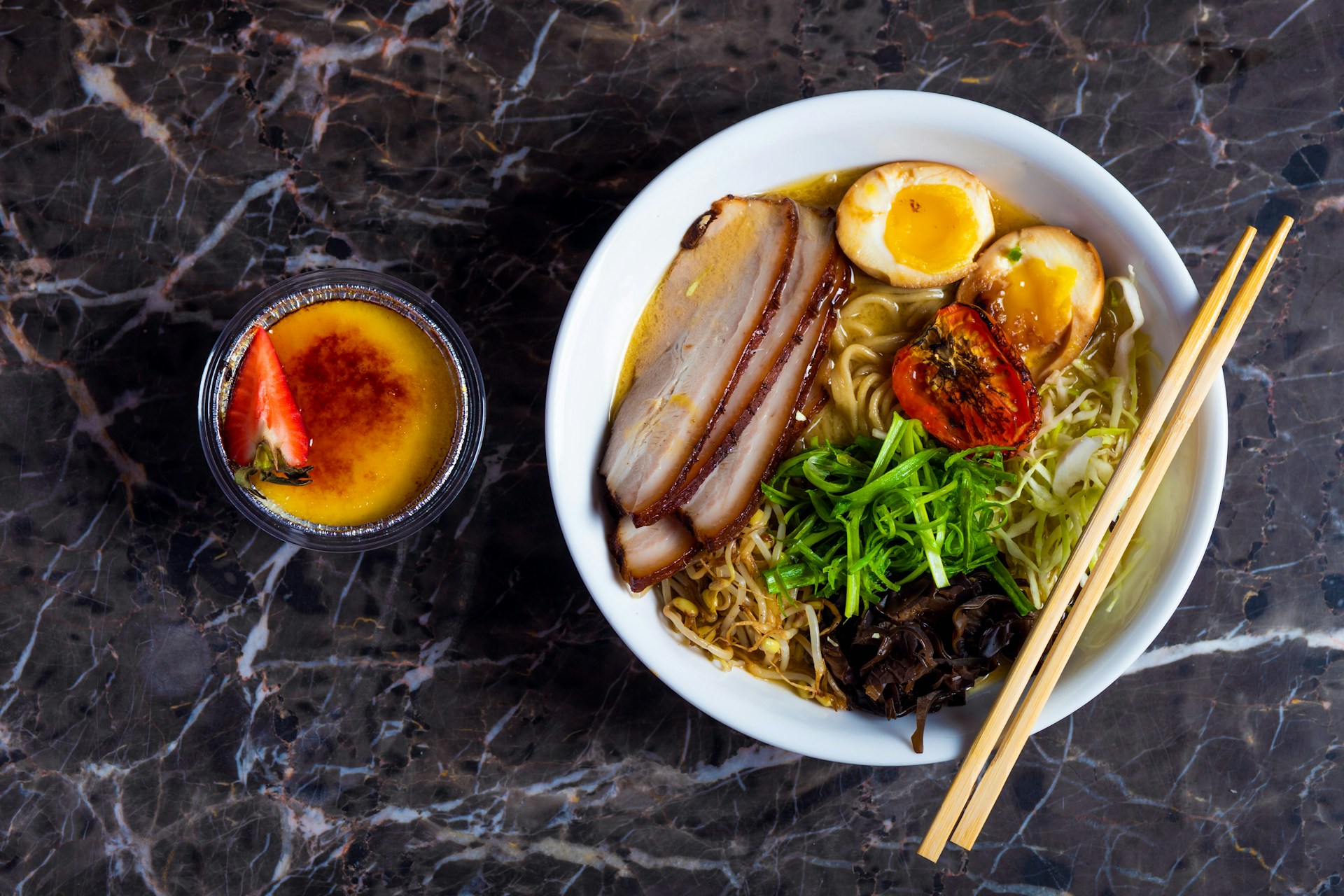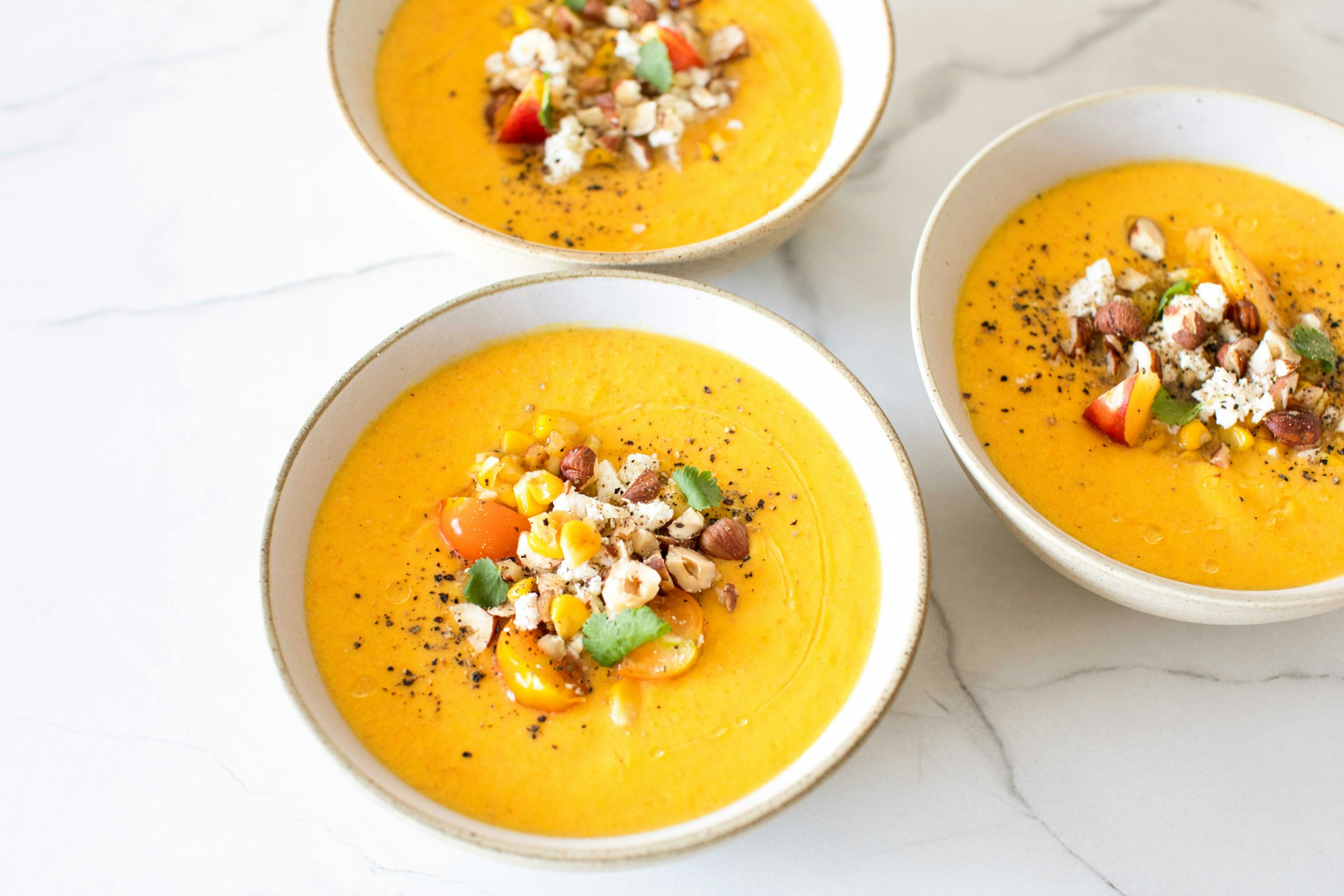Spanish Chef Reveals the Mistakes That Ruin Gazpacho—and a Surprising 10-Minute Microwave Dish That Will Change Your Dinners
Mastering Gazpacho: Why This Summer Staple Often Falls Short
Gazpacho, the iconic cold Spanish soup, is often mistaken for an easy recipe. With its salad-like freshness and simple ingredients, many assume it’s hard to mess up. But according to a professional chef, there are three common mistakes that are quietly sabotaging this classic dish—and most of us are guilty of them.
While the base of the recipe includes ripe tomatoes, green pepper, garlic, bread, olive oil, vinegar, and salt, the quality of ingredients and method of preparation make a world of difference. Even slight oversights can strip gazpacho of its signature flavor and creamy texture.
The Three Mistakes You’re Probably Making
-
Ignoring Ingredient Quality: Since gazpacho doesn’t rely on cooking to enhance flavors, what you put in is exactly what you get. Using underripe or bland tomatoes, low-grade olive oil, or stale vinegar leads to a flat, uninspired dish. Pear tomatoes are recommended for their sweetness and balanced acidity.
-
Skipping Tomato Prep: The chef notes that while peeling tomatoes isn’t mandatory, removing their cores is. Leaving the core—or “root”—in the mix can result in a bitter aftertaste, undermining the freshness of the soup.
-
Under-blending or Not Straining: A smooth, creamy gazpacho requires thorough blending. A few pulses in the blender won’t do the job. Blend for several minutes to ensure a velvety texture, and strain the mixture if needed to remove seeds and skin remnants. In professional kitchens, the soup is often blended for over an hour, removing the need for straining altogether.
How to Make It Right
To make a great gazpacho at home, follow these steps:
-
Chop 1kg of ripe pear tomatoes (no need to peel, but do remove the cores).
-
Dice one green pepper, two garlic cloves, and 50g of rustic bread.
-
Combine all solid ingredients with 50ml of olive oil, 250ml of water, 30ml of sherry vinegar, and 5g of salt.
-
Blend until completely smooth. The more you blend, the thicker and creamier it gets.
-
Strain through a sieve if you want an ultra-silky result.
With these simple adjustments, you can elevate your gazpacho from average to restaurant-quality.
A Leek-Based Dish That’s Quick, Healthy, and Full of Flavor
While gazpacho requires a bit of blending finesse, chef Dani García offers a second recipe that couldn’t be easier—and it’s done in just 10 minutes without a stove or oven. Shared on his Instagram, this dish features a humble leek prepared in the microwave, showcasing just how versatile and underrated this vegetable really is.
Steam Cooking in the Microwave: Fast and Efficient
Start by cleaning the leek and trimming the ends. Wrap it in plastic film and microwave for five minutes. This method steams the leek, preserving its texture and mild sweetness. García sometimes adds a charred finish over open flames, but he says it’s entirely optional.
A Bold Homemade Vinaigrette
What brings the dish together is a powerful vinaigrette. García combines chopped hard-boiled egg yolk, scallion, pickles, and chives. He then stirs in whole-grain mustard, olive oil, salt, pepper, crushed almonds, and a splash of muscatel vinegar. The result is a dressing that transforms a simple steamed leek into a bold, satisfying meal.
The Health Benefits of Leeks
Leeks may not get the spotlight as often as tomatoes or peppers, but they’re nutritional powerhouses. Low in calories, they’re perfect for anyone watching their weight. According to the Spanish Nutrition Foundation (FEN), leeks are rich in folates and vitamin C, which act as antioxidants and help the body absorb iron.
From Classic to Creative: Elevating Everyday Meals
Both recipes—whether it’s a traditional gazpacho or a quick microwave-cooked leek—highlight the power of simplicity done right. With quality ingredients and careful preparation, even the most humble dishes can shine. These tips from experienced Spanish chefs prove that with just a bit of attention to detail, home-cooked meals can reach professional levels—no oven or stovetop required.









